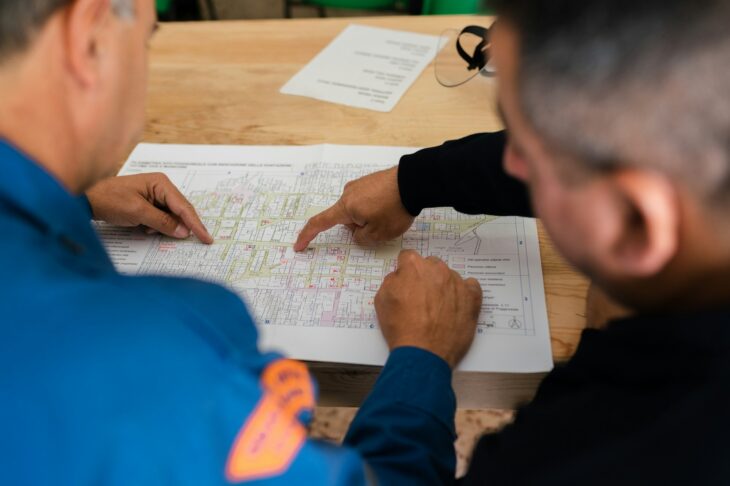
Understanding Manual Handling and Its Training
Manual handling is a common activity in many workplaces, but it can be dangerous if not done correctly. It involves the manual movement or transportation of objects or materials which can cause injury if the tasks are performed incorrectly.
To ensure this type of handling is carried out safely and effectively, it is important that you train employees in manual handling. All personnel in a business should be involved in this process because you never know when you might be called upon to help move a box or piece of equipment from one location to another. Staying protected by knowing how to lift something correctly is paramount.
We will therefore explore what is involved with manual handling and its associated training, to help you to understand how to manage this within your organization. This will help ensure that objects are handled in the right way so that there is a reduced risk of injuries occurring.
Moving, Lifting, and Carrying
Manual handling training focuses on teaching employees how to move, lift and carry objects properly. Training also covers posture and body mechanics, as well as safe handling techniques.
The training should include an understanding of the key tasks involved in job roles, such as lifting, carrying, pushing, or pulling; as well as how manual tasks should be carried out to avoid injury.
It is not necessarily what you lift but how you go about it, and there are known strategies for doing it. Also, you should know the recommended weight capacities for manual lifting as well as be mindful of your strengths and capabilities.
Creating a Risk Assessment
It is important for manual handling training to also include risk assessments. These identify any potential risks associated with the tasks required, such as heavy or awkward objects that need to be moved.
By assessing the risks, you can ensure that all personnel will be trained sufficiently to reduce injuries within the workplace.
Safety Training
You cannot overemphasize how important safety training is for manual tasks. It is essential to ensure that employees understand the manual handling tasks involved in their job roles, as well as the risks associated with tasks and how to perform them correctly.
Safety training should also include how to use tools and equipment properly, such as trolleys or hoists. With manual lifting, it is important to ensure that the right tools and equipment are used for the task at hand to keep the risk of injury to an absolute minimum.
Reducing Risks and Accidents in the Workplace
By understanding manual handling and its associated training requirements, employers and employees can reduce the risk of injury.
With any manual lifting or moving task, it is essential to approach it in the correct way because of having received some instruction beforehand. When your staff have been trained in the necessary techniques, you will ensure an ongoing safe working environment for all.
Conclusion
So, by creating a culture that values manual handling safety, through training courses online and in person, you will help to lower and hopefully eliminate the manual handling incidents within your workplace.
For more information on manual handling and its training requirements, looking at the resources online is a great starting point. It is where you can find many reference materials and course providers.
Manual handling can be viewed as a kind of insurance that protects businesses. Not only are you preventing a financial disaster, you are also planning to stop a valued employee from becoming injured. Businesses rely on not being inconvenienced, as much as taking the safety and welfare of their staff very seriously.
We hope that you have found this article of interest and hope that this has inspired you to make sure that you are providing adequate training to all employees, from those facing machinery or customers to management in the top office.

